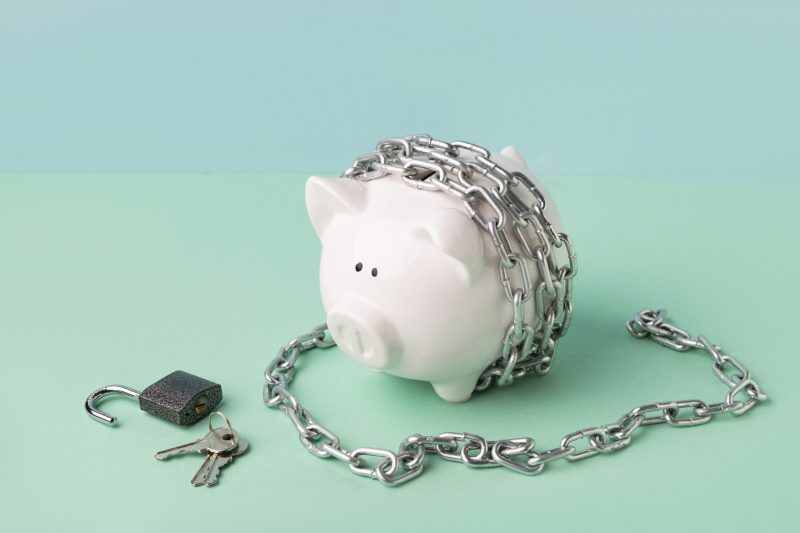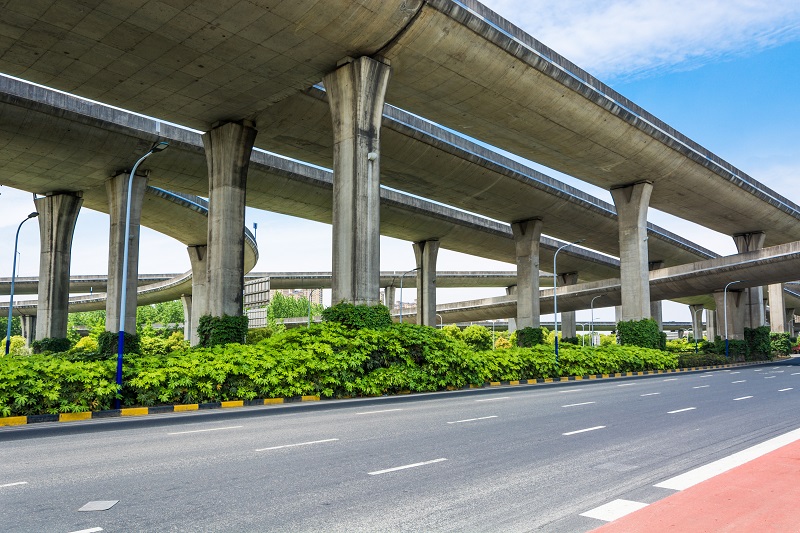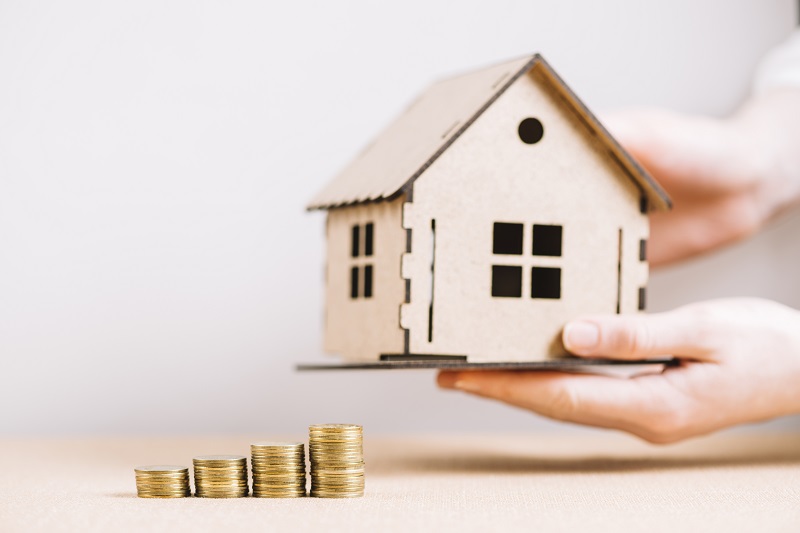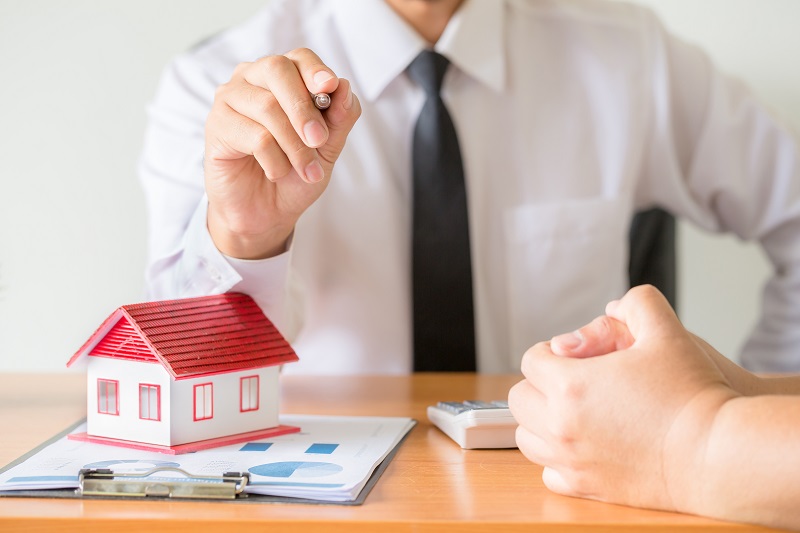The Buyt Desk
Senior citizens need an additional source of income after retirement. But their health conditions do not permit them to work hard. So the source of income should be something without putting much effort like rental income, income from interest or pension. There is one more such provision for senior citizens who own a house or property, known as a Reverse mortgage.
What is Reverse Mortgage?
A reverse mortgage is a conventionally designed financial arrangement for senior citizens. It is designed to fulfil their funding needs. The only thing the senior citizens need is to be homeowners to generate this extra income. Reverse mortgage is a loan facility which offers the equity value of their residential property and generates funds. Unlike other loans, the borrower need not make monthly payments (EMI) after availing of this loan. The borrower just needs to mortgage the residential property they reside in. The loan repayment is not done every month but only after the borrower sells the property or moves out of it or passes away. For repayment the lender auctions the mortgaged property.
What is the borrowing limit of a Reverse Mortgage?
The property’s current market value, borrower’s age, lender’s margin and the interest rate charged decide the initial principal limit that a borrower can avail. The calculation of the initial principal limit is done after subtracting the lender’s margin from the property’s market value.
Consider you are a senior citizen and have a residential property whose market value is Rs 1 crore and you want to utilize this property for reverse mortgage funding. Consider 20% to be your Lender’s margin and loan tenor for 20 years. Considering all this, the Initial principal limit will be Rs 1 crore minus 20% of Rs 1 crore which will be Rs 80 lakh. Lender’s charges include interest, processing fees and more.
How is payment made and recovered?
The total payment made to the borrower can either be a lump sum or periodic payment. The reverse Mortgage funding facility can be availed by the borrower as a lump sum or periodic payment (yearly, half-yearly, quarterly or monthly). Borrowers will not have an immediate liability when the reverse mortgage is availed, unlike a mortgage advance. The loan recovery process is initiated by the lender only when the borrower decides to sell the property or permanently ceases to reside there or on the demise of the borrower. Until then the borrower is liability free.
What are the eligibility criteria for Reverse Mortgage?
-
A borrower must be a senior citizen i.e., aged 60 years or above.
-
When applying as a couple, one of the spouses should be a senior citizen and the other must be over 55 years of age.
-
The applicant should own the property put for a reverse mortgage.
-
The residual life of the property should not be less than 20 years.
-
The property should be occupied by the borrower and not let out on rent or lease.
-
The property should also be the borrower’s primary residence.
-
The property must be free of any legal claims, liabilities or encumbrances.
How does the reverse mortgage loan work?
-
Firstly mortgage the house you reside into avail the loan for an agreed number of years.
-
The borrower or the spouse can reside in the property for a lifetime.
-
No repayments are to be done during the borrowers’ lifetime.
-
The borrower will be vested back with the property rights only after full repayment of the loan.
-
The lender will start loan recovery by auctioning the property once the borrower and the spouse cease to reside permanently or in the case of their death.
-
After the borrower and the spouse’s death, a legal heir can get ownership rights to the property if they repay the loan fully.
What are the basic necessary documents for a Reverse Mortgage Loan?
-
Proof of identity – Aadhar, Voter ID, PAN, passport or employee ID card.
-
Proof of address – A voter ID card, utility bills or passport.
-
Proof of property ownership and residence – title deed, property tax receipts and utility bills.
-
Passport size photographs.
-
Fees and charges for Reverse Mortgage Loan
What are the common fees and charges?
-
Processing fees need to be paid upfront.
-
Statutory charges include mortgage registration fees, stamp duty etc.
-
When switching lenders prepayment charges are applicable.
-
Premiums towards the home insurance policy.
How to avoid Reverse Mortgage Loan scams?
-
Do not sign any document that you do not understand.
-
Be vigilant about unsolicited advertisements and do not respond until you confirm their authenticity.
-
Stay away from claims of house ownership with zero down payments.
-
Consult a professional counsellor and take professional help when in doubt.







